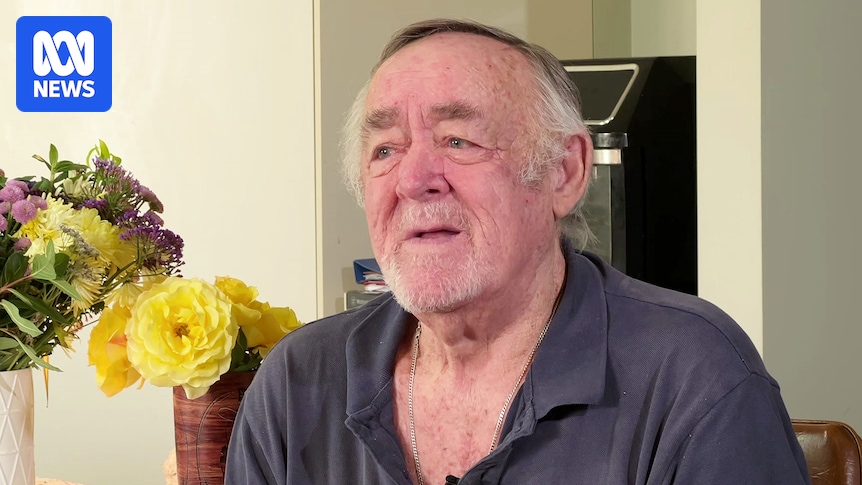
Eddie and Wendy Rushforth, lifelong residents of Mildura in north-west Victoria, find themselves in a dire situation as rising healthcare costs force them to make a heart-wrenching decision. “We’re sitting at home waiting to die,” they lament, unable to afford essential medical procedures.
Mr. Rushforth, 79, who underwent surgery for bowel cancer four years ago, requires quarterly CT scans to monitor for recurrence. However, the steep upfront cost of $550 per scan has left him on a five-month waitlist for a necessary colonoscopy. “I’m not going to any of them. What will be, will be,” he resignedly states.
The Rushforths, both age pensioners, receive a Medicare rebate of $459 per scan, leaving them $95 out of pocket each time. Despite the rebate, the financial burden remains insurmountable for the couple.
Widespread Access Issues in Specialist Care
According to the Grattan Institute, the Rushforths’ predicament is far from unique. Their analysis of data from the Bureau of Statistics and the Australian Institute of Health and Welfare reveals that 2 million Australians forgo specialist treatment annually, with half citing cost as the primary barrier.
The institute’s research highlights a stark disparity in bulk-billing practices: while seven in eight general practitioners offer bulk-billing to some patients, only one in three specialists do the same. Since 2010, specialist fees have surged by 73% beyond inflation, exacerbating the accessibility crisis.
Peter Breadon, health program director at the Grattan Institute, notes, “Australians wanting treatment are either paying really high fees to a private specialist or potentially facing a really long wait for a free public clinic visit.”
Policy Proposals and Potential Reforms
In response to these challenges, Mr. Breadon suggests that government funding should incentivize specialists to work in underserved towns, addressing the “health deserts” prevalent in regional Australia. Additionally, he advocates for the employment of more specialists within the public health system to improve accessibility and affordability.
Mr. Breadon also proposes that specialists charging exorbitant fees—three or more times the government rate—should lose access to Medicare subsidies, a measure aimed at curbing excessive costs.
The federal, state, and territory governments have postponed the new National Health Reform Agreement until next year. The Grattan Institute urges that this agreement should establish a “red line” for healthcare standards, triggering targeted investment if these thresholds are not met.
Calls for Immediate Action from Healthcare Bodies
The Australian Diagnostic Imaging Association (ADIA), representing private radiology clinics, has repeatedly called on the federal government for patient bill relief. They argue for changes to Service Australia’s Medicare system to expedite payments to specialists, who currently wait up to 90 days.
ADIA also seeks a reversal of Medicare billing policies that prevent radiology practices from charging only the gap fee. Chris Kane, ADIA’s chief executive, explains that the $550 fee for the Rushforths is necessary to cover operational costs, including the high price of CT scanners and associated expenses.
“A CT scanner, for example, costs between $500,000 and $1.5 million, depending on the features, and then there’s the other costs like rent and IT,” Mr. Kane said.
He emphasizes that private clinics can only afford to bulk-bill when Medicare rebates align with service costs, suggesting that increased rebates could reduce patient gap fees.
Government Response and Future Outlook
Federal Health Minister Mark Butler acknowledges the issue, stating that specialist fees are “starting to get out of control in some parts of the country.” He notes the variability in costs, with some specialists charging significantly more than their peers of equivalent quality.
In an effort to enhance transparency, the government is upgrading its Medical Costs Finder website, enabling Australians to better understand fee structures.
Meanwhile, the Rushforths remain trapped in what they describe as a “postcode lottery,” where regional Australians face limited access to bulk-billing healthcare providers. The couple cannot afford the 4.5-hour journey to Adelaide, the nearest capital city, for treatment.
“To me, that crushes my heart because I really love my husband,” Mrs. Rushforth expresses, highlighting the human toll of the healthcare crisis.
As the nation grapples with these systemic issues, the call for comprehensive reform grows louder, with stakeholders urging swift action to ensure equitable healthcare access for all Australians.






